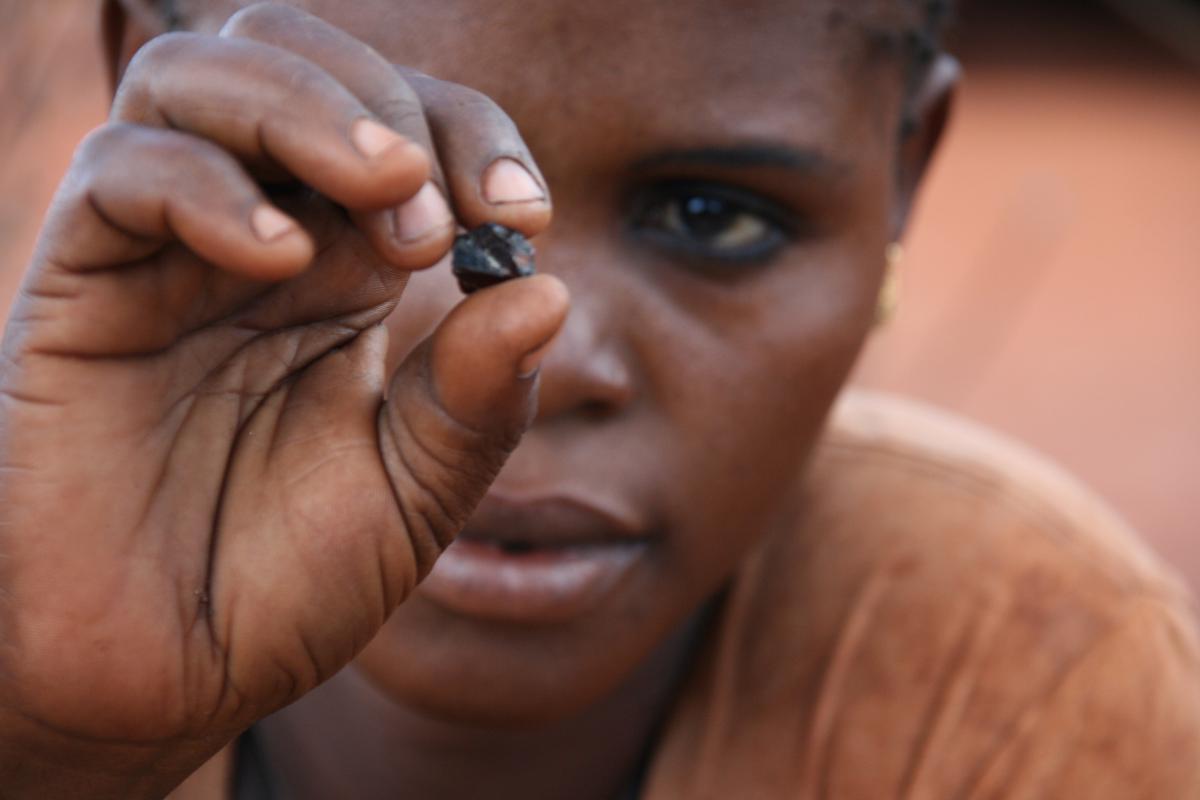Four Ways to Empower Women in Artisanal and Small-Scale Mining
Many women work in artisanal and small-scale mining, but with little support. Stacy Corneau explores four ways to empower women in the sector.
With an estimated third of the world’s mineral resources located in Africa, integrating mining with sustainable development to achieve social and economic benefits has never been more crucial.
Artisanal and small-scale mining (ASM) is a complex and diversified sector, ranging from informal individual miners seeking a subsistence livelihood to small-scale commercial mining entities.
Women miners can face a variety of barriers, but with the right tools, ASM can contribute to their increased economic empowerment
Global estimates suggest about 100 million individuals, including people who work in the sector and their families, depend on ASM in approximately 80 countries around the world. The work is a valuable source of livelihood for many people, including millions of women. However, there is a pressing need to enhance the quality of life for these women miners, and to integrate gender equity and equality principles into the sector as a whole.

There is also a need for policies aimed at legalizing and regularizing ASM. However, if this happens without reliable data on women’s economic activities in ASM, regulations may not adequately address their perspective because of a lack of sufficient analysis of their current conditions, their economic roles in the sector and the barriers and discrimination they so often face.
Research suggests that there are a number of ways to address these challenges while minimizing the gendered impacts of ASM and promoting economic independence for women artisanal miners. Here are just a few:
1. Boost the skills of women artisanal miners
The ability for women to participate effectively and consistently in the artisanal mining sector is often limited by traditional gender roles and a lack of available technical training. Providing such training in conjunction with legal mining knowledge and the skills to identify entrepreneurial opportunities can economically benefit women miners in the artisanal sector.
By enhancing gender equity and equality within ASM, the sector can spur social transformations to achieve poverty reduction, inclusive growth and sustainable development.
2. Create women-focused services
Women miners can face a variety of barriers, but with the right tools, ASM can contribute to their increased economic empowerment. Mobile mentoring and counselling services focused on women’s issues is one path. Another solution is to establish childcare centres or other family-related services at mine sites to alleviate some of the barriers that otherwise hinder women’s participation in the artisanal mining sector.

3. Encourage education and sector involvement
Recent research among women miners in Uganda found that more than 70 per cent of the women had little to no schooling. Establishing women-focused training and encouraging women miners in the artisanal sector to join or create associations can provide opportunities for knowledge sharing and access to information, and increase their ability to foster new initiatives.
4. Challenge unfair norms
Women often face gender discrimination at excavation and mine sites, which prevents them from taking on more lucrative activities. Due to these issues, women tend to work alone rather than in teams with men. By encouraging women miners to work collaboratively with each other, and by encouraging the artisanal mining sector as a whole to challenge gender norms holding women back, they can prosper and take on roles that could earn them a higher income.
As women continue to make up a large share of the ASM workforce, there is a pressing need to ensure their quality of life, particularly for women miners working outside of formal legal systems. By enhancing gender equity and equality within ASM, the sector can spur social transformations to achieve poverty reduction, inclusive growth and sustainable development.
You might also be interested in
Leveraging Digital Infrastructure for Mining Community Resilience
This report explores the socio-economic impacts and potential of new technologies in the mining sector.
IISD Annual Report 2023–2024
While IISD's reputation as a convenor, a trusted thought leader, and a go-to source on key issues within the sustainable development field is stronger than ever, the work happening outside the spotlight is just as valuable.
IGF Case Study: Decarbonization of the Mining Sector
Case studies from Chile, Indonesia, and South Africa that delve into the role of the mining sector in efforts to reduce greenhouse gas (GHG) emissions.
Senegal's Big LNG Gamble
This report explores Senegal's nascent liquefied nitrogen gas (LNG) industry by assessing the impacts associated with a new fossil fuel-based industry on the country's environment, economy, and society. It does this by responding to three questions: What have been the impacts of the development of LNG on Senegal to date? Is it viable for Senegal to invest further into an industry that is projected to decline? What risks can Senegal expect should it forge ahead with its LNG development plans?
